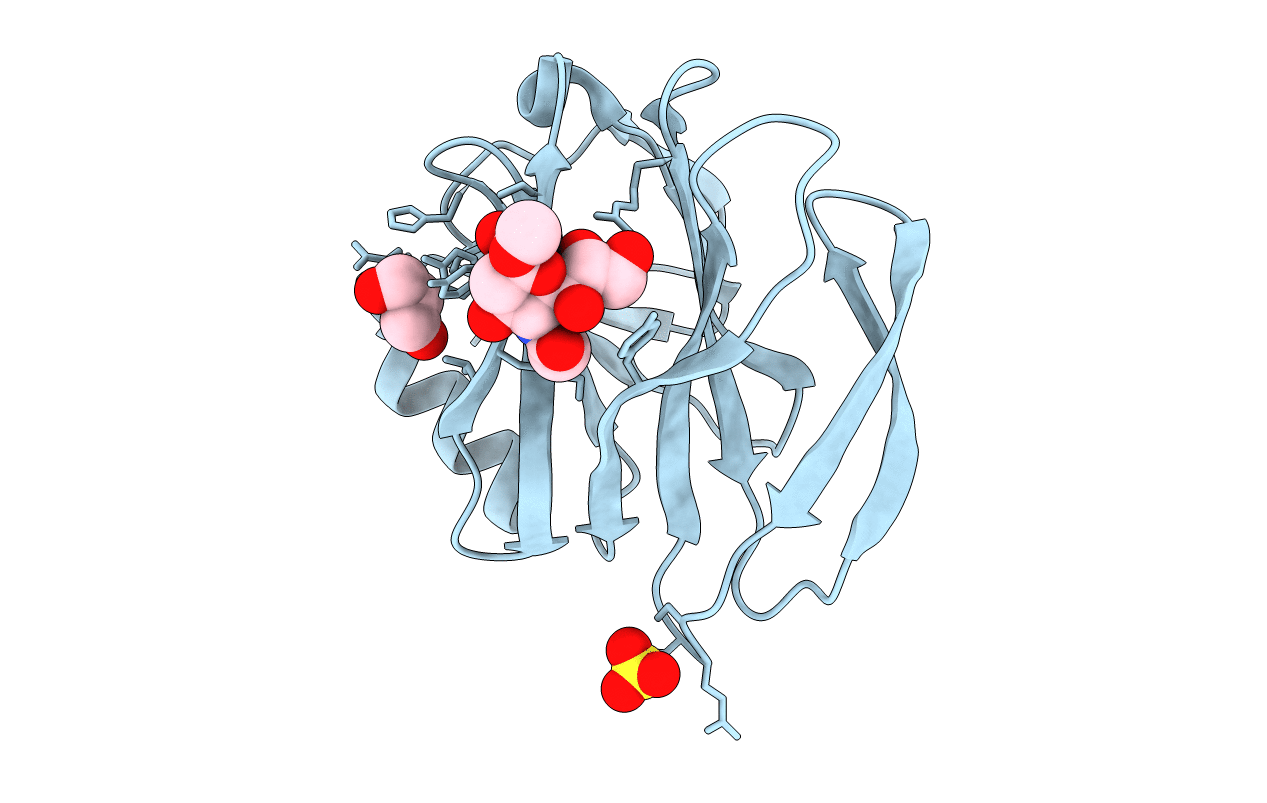
Deposition Date
2002-01-07
Release Date
2002-03-27
Last Version Date
2024-02-14
Entry Detail
PDB ID:
1KQR
Keywords:
Title:
Crystal Structure of the Rhesus Rotavirus VP4 Sialic Acid Binding Domain in Complex with 2-O-methyl-alpha-D-N-acetyl neuraminic acid
Biological Source:
Source Organism:
Rhesus rotavirus (Taxon ID: 10969)
Host Organism:
Method Details:
Experimental Method:
Resolution:
1.40 Å
R-Value Free:
0.18
R-Value Work:
0.16
Space Group:
P 41 21 2


